Home>Gardening & Outdoor>Landscaping Ideas>How To Get Rid Of Grass Growing Between Pavers
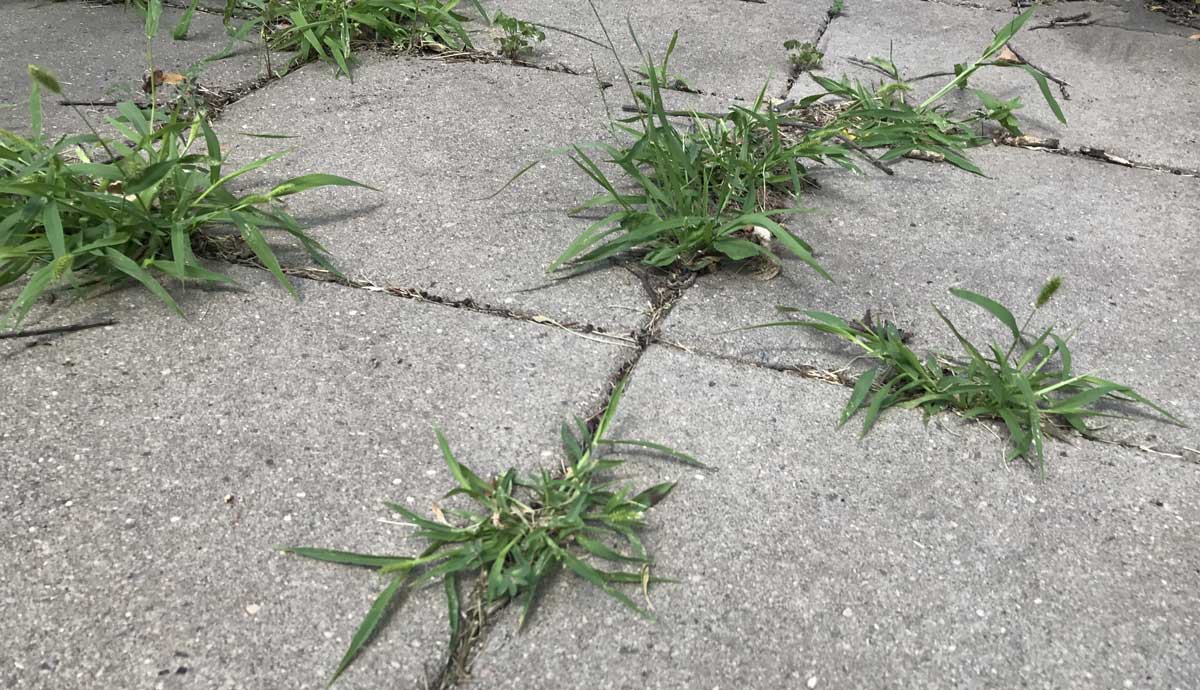

Landscaping Ideas
How To Get Rid Of Grass Growing Between Pavers
Modified: January 25, 2024
Learn effective landscaping ideas to eliminate grass between pavers. Discover expert tips for maintaining a flawless outdoor space.
(Many of the links in this article redirect to a specific reviewed product. Your purchase of these products through affiliate links helps to generate commission for Storables.com, at no extra cost. Learn more)
**
Introduction
**
Are you tired of the relentless battle against grass and weeds sprouting up between your beautiful pavers? The sight of these unwelcome intruders can be quite frustrating, and it seems like no matter how many times you remove them, they always find a way to come back. But fear not, as I'm here to guide you through the process of reclaiming your pristine paver pathways and patios.
In this comprehensive guide, we'll explore various methods for effectively eliminating grass between pavers and preventing its return. From natural remedies to practical maintenance tips, you'll discover the best strategies to keep those pesky blades at bay. So, roll up your sleeves and get ready to bid farewell to unwanted greenery, as we delve into the art of reclaiming your pavers from the clutches of invasive grass.
Let's embark on this journey to restore the beauty and functionality of your outdoor spaces, ensuring that your pavers remain a captivating feature of your landscape rather than a battleground for unwanted vegetation. Whether you're a seasoned gardener or just starting to explore the world of landscaping, this guide will equip you with the knowledge and techniques needed to conquer the persistent problem of grass between pavers. So, without further ado, let's dive into the world of landscaping and reclaim the charm of your outdoor living areas.
**
Key Takeaways:
- Say goodbye to grass between pavers with eco-friendly methods like boiling water and vinegar solution. Prevent regrowth with regular maintenance and joint sealing for long-lasting results.
- Understanding the problem is the first step to winning the battle against grass between pavers. Embrace eco-friendly solutions and proactive maintenance to reclaim your outdoor spaces.
Understanding the Problem
**
Before delving into the solutions, it’s crucial to understand why grass and weeds often thrive between pavers. The spaces between these interlocking stones or concrete slabs provide the ideal environment for seeds to take root and grow. Moisture, sunlight, and organic debris that accumulate in these crevices create a hospitable habitat for unwanted vegetation.
Furthermore, the design of pavers, with their interlocking patterns and small gaps, can make it challenging to prevent grass from infiltrating these spaces. Over time, if left unchecked, the roots of the grass can cause the pavers to shift or become uneven, compromising the integrity of your outdoor pathways or patio.
It’s also important to consider the impact of traditional weed killers and herbicides on the surrounding environment. While these chemical solutions may effectively eradicate the grass, they can also pose risks to pets, wildlife, and the ecosystem at large. With these factors in mind, it becomes evident that a holistic approach to managing grass between pavers is not only about aesthetics but also about environmental stewardship.
By gaining a deeper understanding of the factors contributing to the growth of grass between pavers, you can approach the issue with a strategic and informed mindset. Armed with this knowledge, you’ll be better equipped to explore a range of effective methods for removing and preventing the resurgence of grass, ensuring the long-term beauty and functionality of your outdoor spaces.
**
Methods for Removing Grass Between Pavers
**
When it comes to reclaiming the spaces between your pavers from invasive grass, there are several effective methods to consider. From natural remedies to practical maintenance techniques, each approach offers its unique benefits in addressing the issue. Let’s explore these methods in detail:
-
Manual Removal: One of the most straightforward methods for eliminating grass between pavers is manual removal. This involves using a hand tool, such as a sturdy knife, scraper, or specialized weeding tool, to carefully extract the grass and its roots from the crevices. While this approach can be time-consuming, especially for larger areas, it provides a thorough and precise means of eradicating the unwanted vegetation.
-
Boiling Water: Pouring boiling water over the grass between pavers is an eco-friendly and cost-effective way to kill the vegetation. The high temperature of the water effectively scalds the grass, causing it to wither and die. This method is particularly useful for targeting small to moderate areas of grass growth and is safe for the surrounding environment.
-
Vinegar Solution: A solution of household vinegar and water can serve as a natural herbicide for eliminating grass between pavers. The acetic acid in vinegar disrupts the plant cell membranes, leading to desiccation and eventual decay of the grass. When applying this solution, it’s important to target the grass directly while minimizing contact with nearby desirable plants.
-
Commercial Weed Control Products: For more persistent grass growth, there are commercial herbicidal products specifically formulated to target unwanted vegetation between pavers. When using these products, it’s essential to follow the manufacturer’s instructions carefully and consider their potential impact on the surrounding environment. Opt for eco-friendly and biodegradable options to minimize ecological harm.
-
Polymeric Sand Application: Once the grass has been removed, filling the gaps between pavers with polymeric sand can help prevent future weed and grass growth. This special type of sand contains polymers that, when activated by water, create a solid and durable bond, effectively inhibiting the germination of seeds and the growth of vegetation.
By employing these methods, you can effectively remove grass between pavers while considering the environmental impact and long-term prevention of regrowth. Each approach offers a unique set of advantages, allowing you to choose the method that best aligns with your preferences and the specific characteristics of your outdoor spaces.
**
To get rid of grass growing between pavers, you can use a weed killer specifically designed for grass. Make sure to follow the instructions on the product label and apply it carefully to avoid damaging the pavers.
Preventing Grass from Growing Between Pavers
**
After successfully removing grass between your pavers, it’s essential to implement preventive measures to inhibit its regrowth and maintain the pristine appearance of your outdoor surfaces. By incorporating proactive strategies, you can minimize the need for frequent maintenance and ensure that your pavers remain free from unwanted vegetation. Here are several effective methods for preventing grass from growing between pavers:
-
Regular Maintenance: Consistent upkeep of your pavers can significantly deter the growth of grass and weeds. Sweeping the surfaces regularly to remove organic debris and detritus helps prevent the accumulation of soil and nutrients that promote vegetation growth. Additionally, inspecting the paver joints for any signs of new growth and promptly addressing them can prevent the spread of grass.
-
Applying Pre-Emergent Herbicides: Pre-emergent herbicides are designed to inhibit the germination of weed and grass seeds. Applying these products to the paver joints following the removal of grass can effectively prevent new seeds from taking root and sprouting. It’s important to select herbicides that are safe for pavers and follow the application instructions to minimize environmental impact.
-
Installing Landscape Fabric: Placing landscape fabric or weed barrier material beneath the pavers can serve as a physical barrier, preventing grass and weeds from penetrating the surface. This method is particularly effective when installing new pavers or during renovations, as it provides long-term protection against unwanted vegetation growth.
-
Sealing Paver Joints: Applying a high-quality joint sealant to the paver gaps helps create a protective barrier against the infiltration of seeds and organic matter. This not only enhances the structural integrity of the pavers but also minimizes the potential for grass and weed growth. Regular reapplication of the sealant as part of your maintenance routine is essential to ensure continued protection.
-
Promoting Proper Drainage: Ensuring that the paver surfaces are designed to facilitate proper drainage can prevent the accumulation of excess moisture, which can promote grass and weed growth. Proper grading and the installation of drainage features, such as permeable paver systems, can help mitigate the conditions conducive to vegetation proliferation.
By incorporating these preventive measures into your paver maintenance regimen, you can safeguard your outdoor spaces against the resurgence of grass and weeds, preserving the beauty and functionality of your landscapes for years to come.
**
Conclusion
**
As we conclude our exploration of reclaiming your pavers from the encroachment of grass and weeds, it’s evident that maintaining these outdoor surfaces requires a proactive and multifaceted approach. By understanding the underlying factors contributing to grass growth between pavers and implementing effective removal and prevention methods, you can ensure that your outdoor spaces remain inviting and visually appealing.
From manual removal and natural remedies to preventive measures such as applying pre-emergent herbicides and sealing paver joints, there are numerous strategies at your disposal to combat unwanted vegetation. It’s essential to approach the maintenance of your pavers with a blend of diligence, environmental consciousness, and a long-term perspective to achieve lasting results.
By incorporating these methods into your landscaping routine, you not only reclaim the charm of your pavers but also contribute to the overall health and sustainability of your outdoor environment. Embracing eco-friendly solutions and mindful maintenance practices allows you to strike a harmonious balance between preserving the aesthetics of your landscapes and safeguarding the surrounding ecosystem.
As you embark on the journey to banish grass between your pavers, remember that persistence and care are key allies in this endeavor. Regular inspection, prompt intervention, and the application of preventive measures will help you maintain the allure and functionality of your outdoor living areas, ensuring that they remain inviting spaces for relaxation and enjoyment.
So, armed with the knowledge and techniques shared in this guide, take on the challenge of reclaiming your pavers with confidence and enthusiasm. With a proactive mindset and a commitment to sustainable landscaping practices, you can transform the battle against unwanted grass into a triumph of enduring beauty and natural harmony.
Frequently Asked Questions about How To Get Rid Of Grass Growing Between Pavers
Was this page helpful?
At Storables.com, we guarantee accurate and reliable information. Our content, validated by Expert Board Contributors, is crafted following stringent Editorial Policies. We're committed to providing you with well-researched, expert-backed insights for all your informational needs.
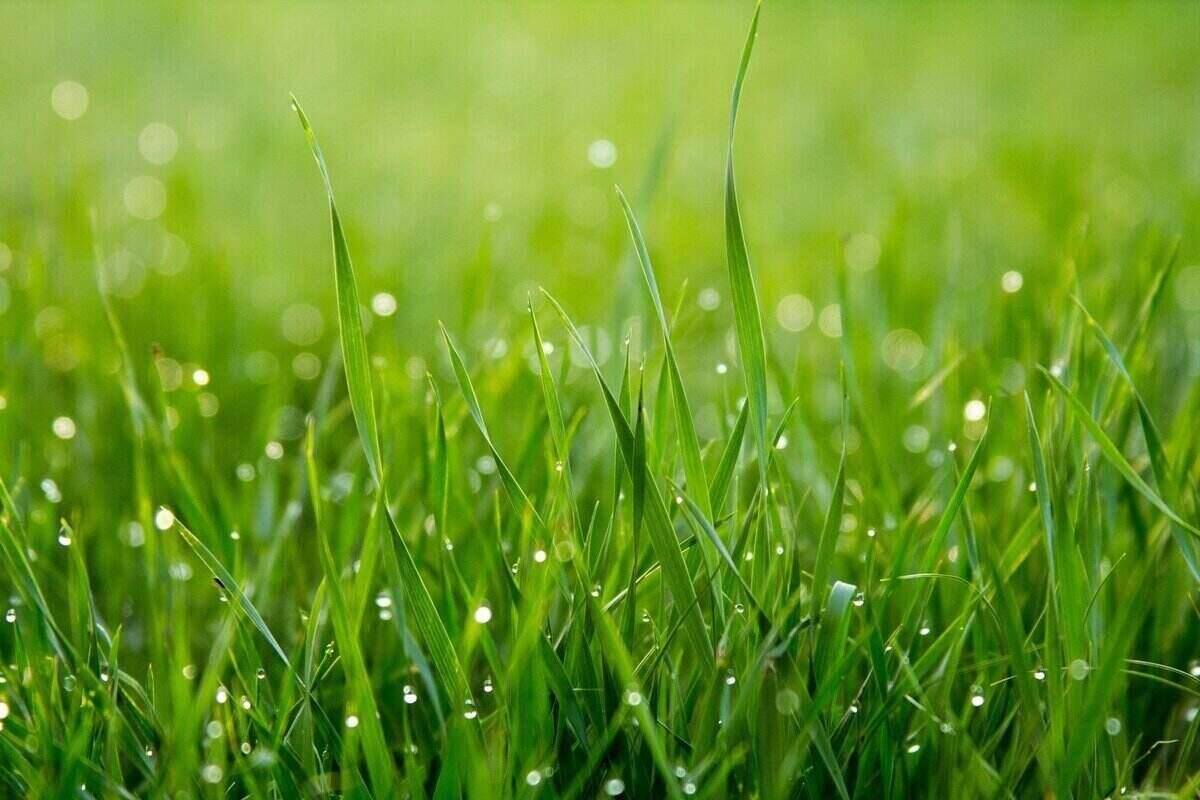
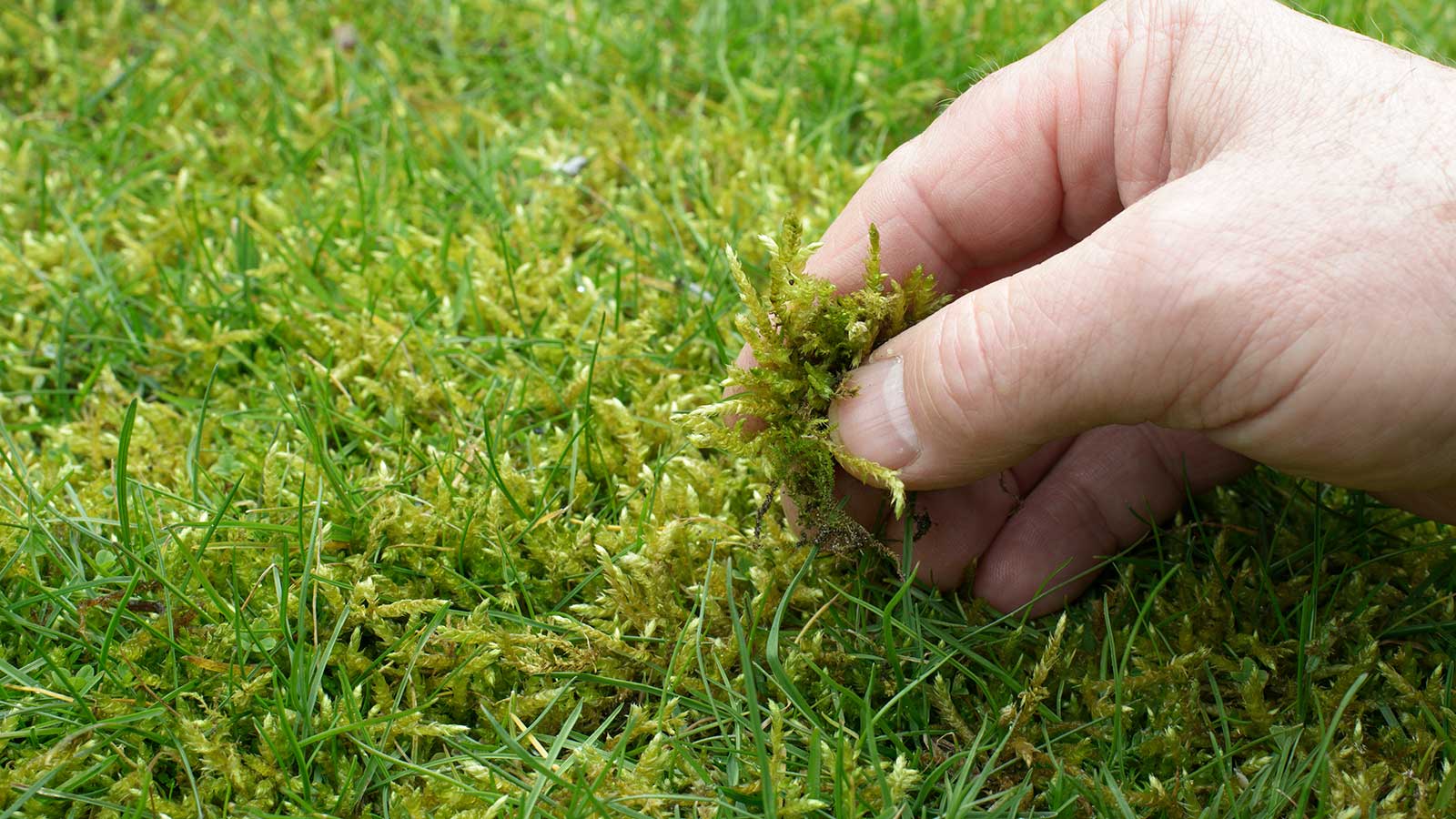
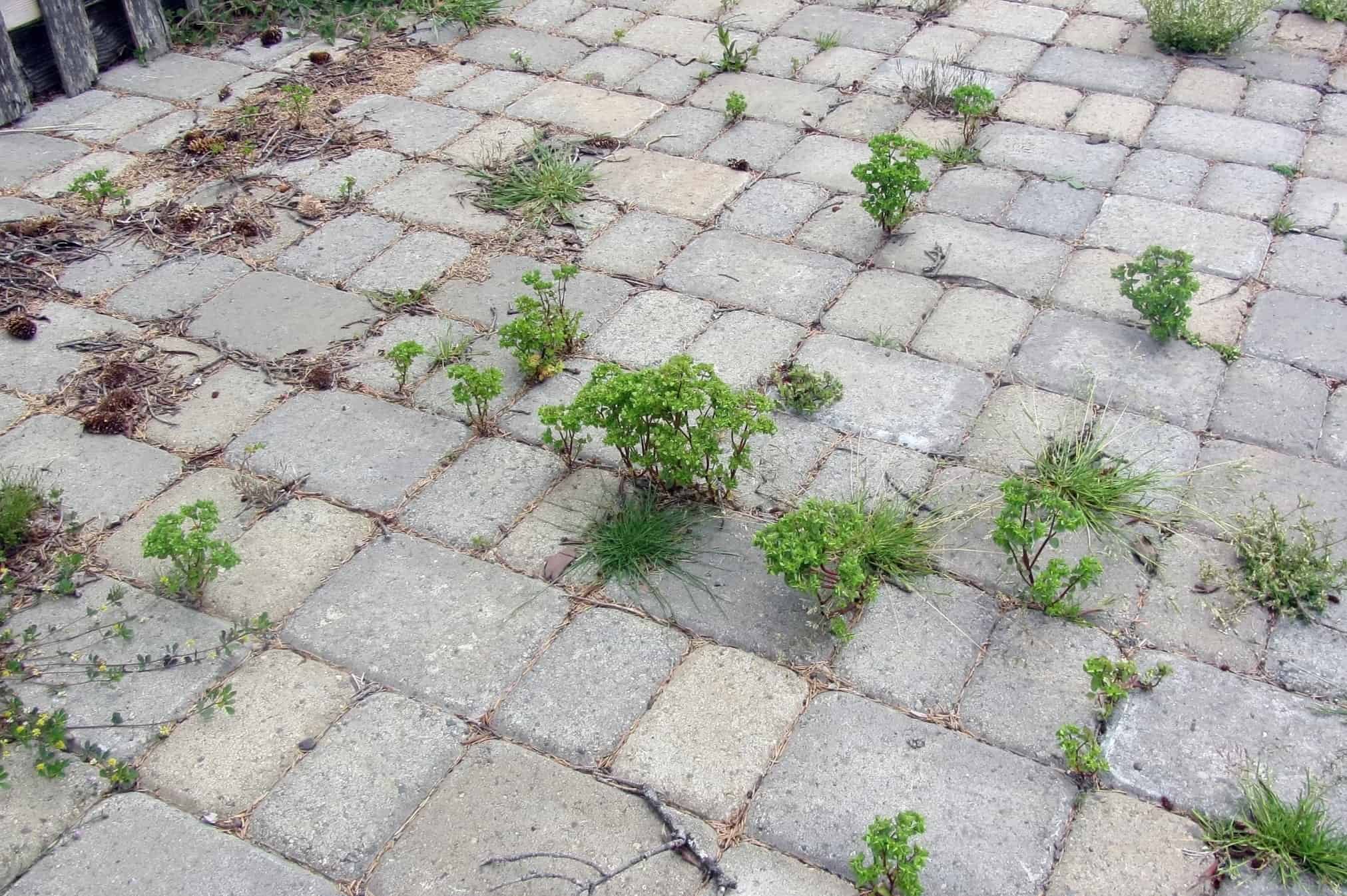
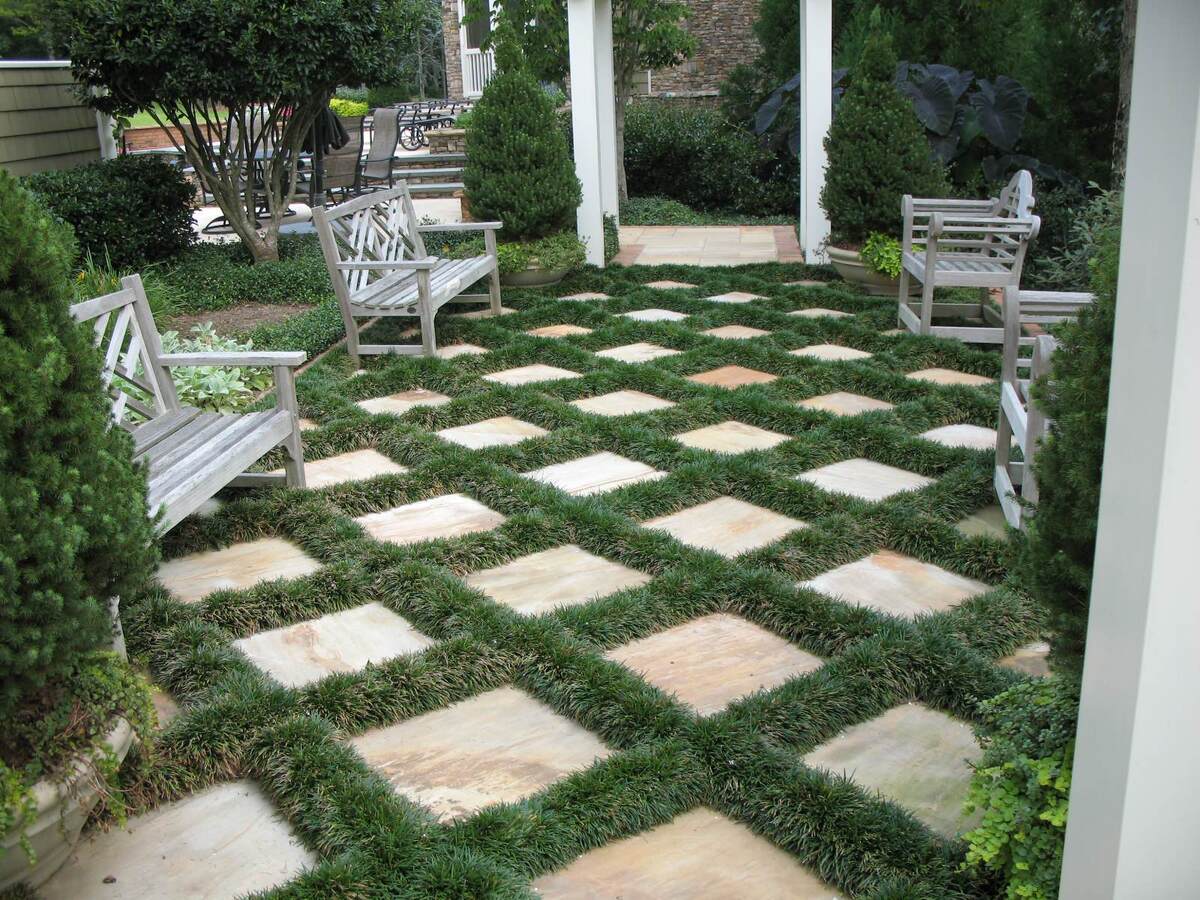
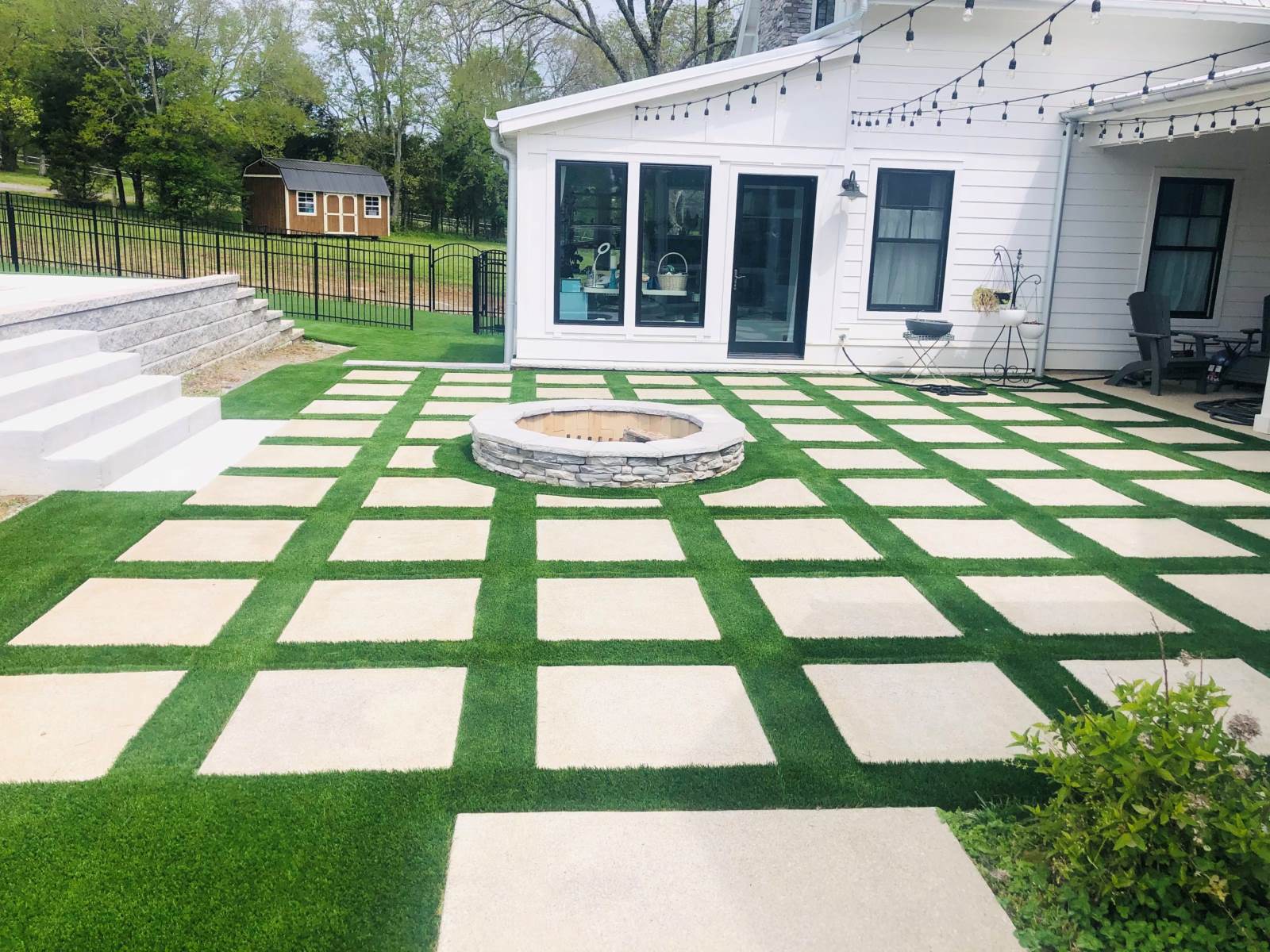
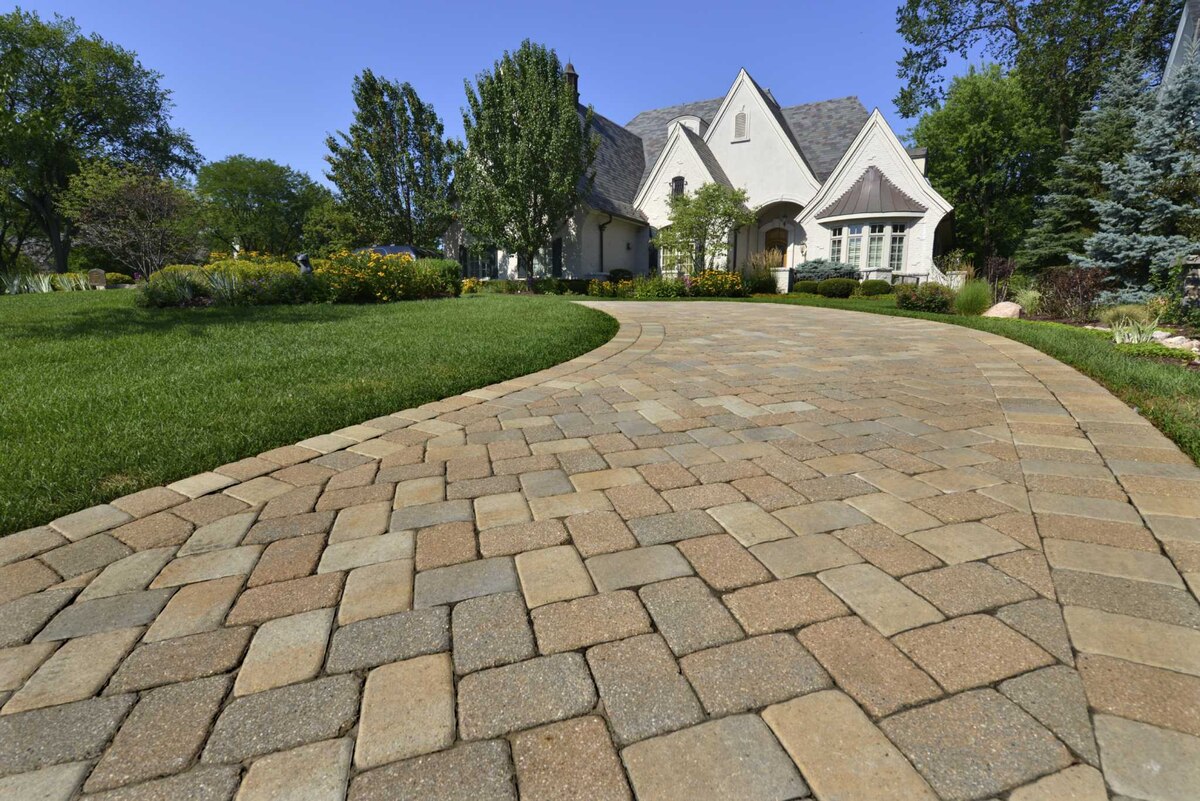
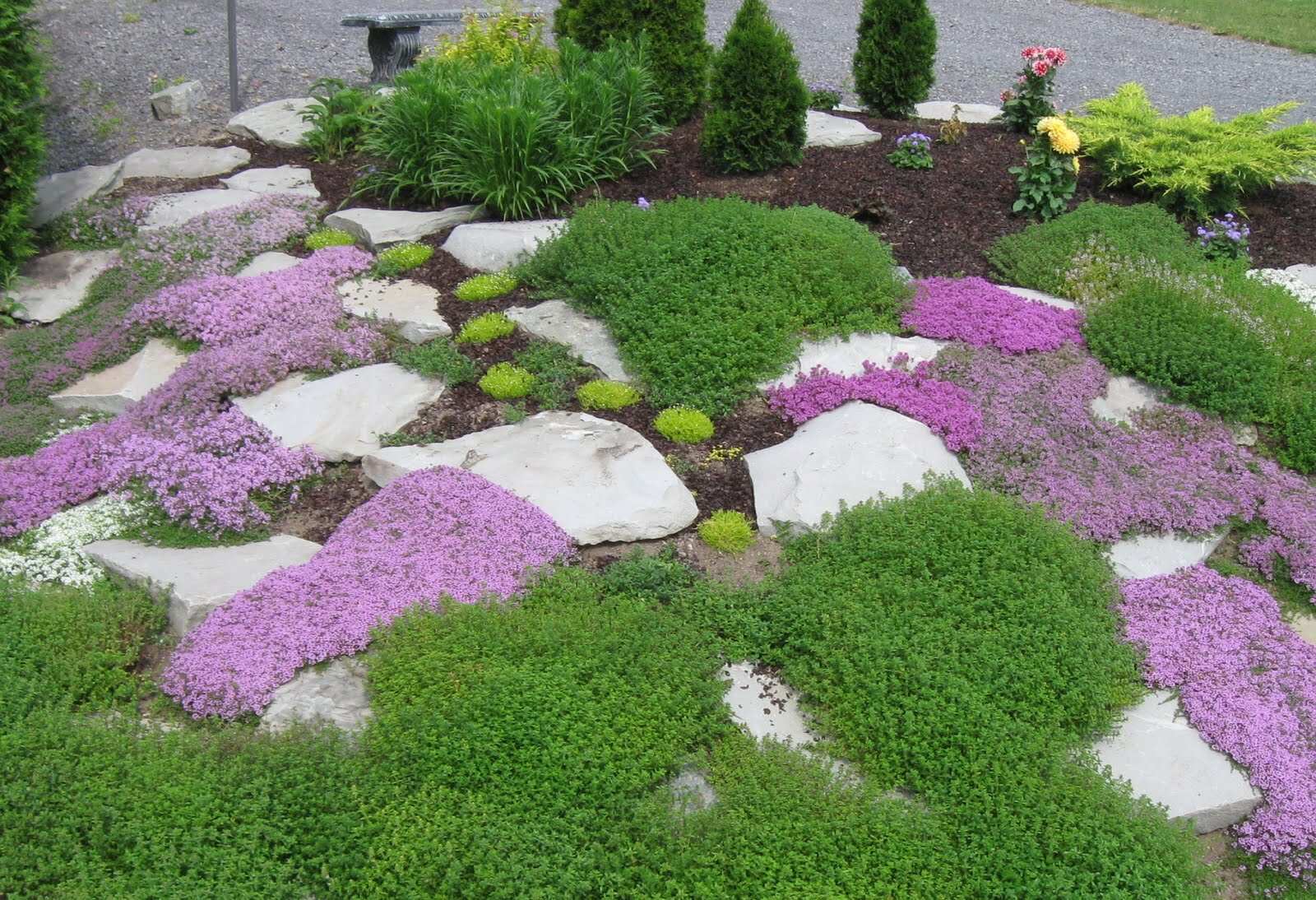









0 thoughts on “How To Get Rid Of Grass Growing Between Pavers”